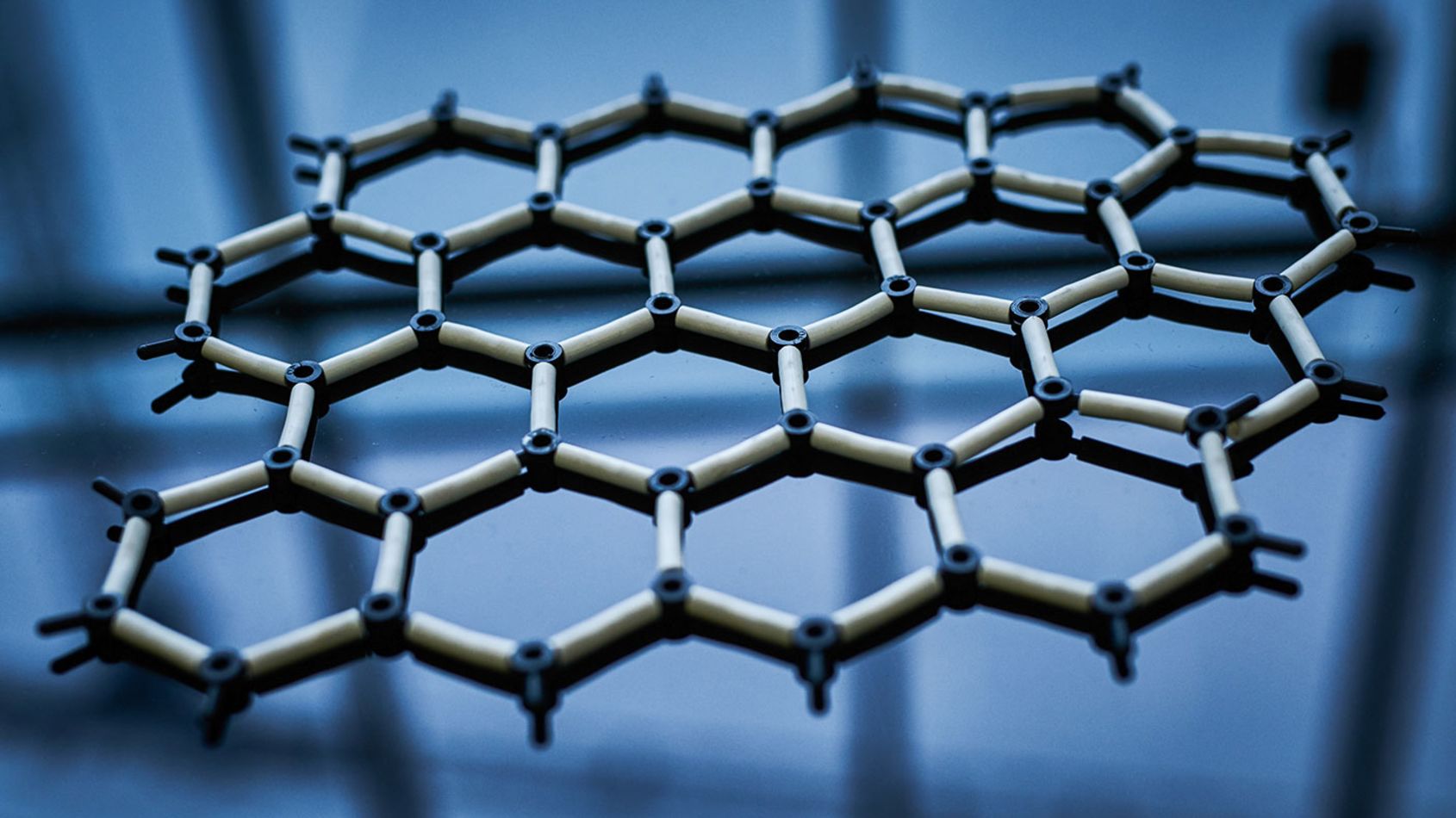Nano-graphene by selective removal of hydrogen atoms from organic carbon and hydrogen molecules (dehydrogenation process) PhD Nano _ Microelectronics
Researcher and author: Dr. ( Afshin Rashid)
Note: Graphene units are known as nano-graphene. These are tailored to specific functions, and thus their manufacturing process is more complex than general graphene.
Nano-graphene is made by selectively removing hydrogen atoms from organic carbon and hydrogen molecules, a process called dehydrogenation. Nano-graphene particles are harder than diamonds and at the same time more elastic than rubber. Harder than steel and lighter than aluminum. Graphene is the strongest known substance. These properties make graphene an ideal candidate for next-generation nanoelectronic applications such as nanotransistors, nanochargers, supercapacitors and nanosensors. The use of graphene for some applications such as digital switches Limited by high on-off current ratio, fortunately the excitation of quantum confinement and edge effects in graphene nano-strips with uniform, narrow-width (GNRs) and controllable edges cover this defect. Electronic applications of graphene in the near future will be dedicated to RFID tags, low-resolution displays, sensors, analog signal processing and electronic equipment package.
Electrical flexibility Nanocarbon
In nanoscience and nanoelectronics, carbon nanotubes have many applications. Carbon is one of nature's most amazing elements, found in nature in four different forms: graphite, diamond, nanotubes, and buckwheat. All four of these shapes are solid, and in their structure the carbon atoms are arranged side by side in a complete and orderly manner. Carbon is one of the most important elements in nature and its many applications in human life, well confirms this point. Steel, for example, which is one of the main engineering alloys, is obtained by dissolving about two percent of carbon in iron; By changing the percentage of carbon to only a few hundred percent, all types of steel can be obtained. "Organic chemistry" is also a science that studies compounds containing "carbon" and "Hydrogen" and polymer engineering is based solely on the element carbon. Carbon is found in four different forms in nature , all of which are solid forms, and in their structure carbon atoms are arranged next to each other in a completely regular manner. Carbon nanotubes are one of the most important and widely used carbon structures. They have unique properties and characteristics . Carbon nanotubes, in addition to being very strong, also have good flexibility and flexibility. One of their applications is composite. The most important property of nanotubes is their electrical conductivity, the value of which varies depending on the order of the atoms .




